Product Life Cycle
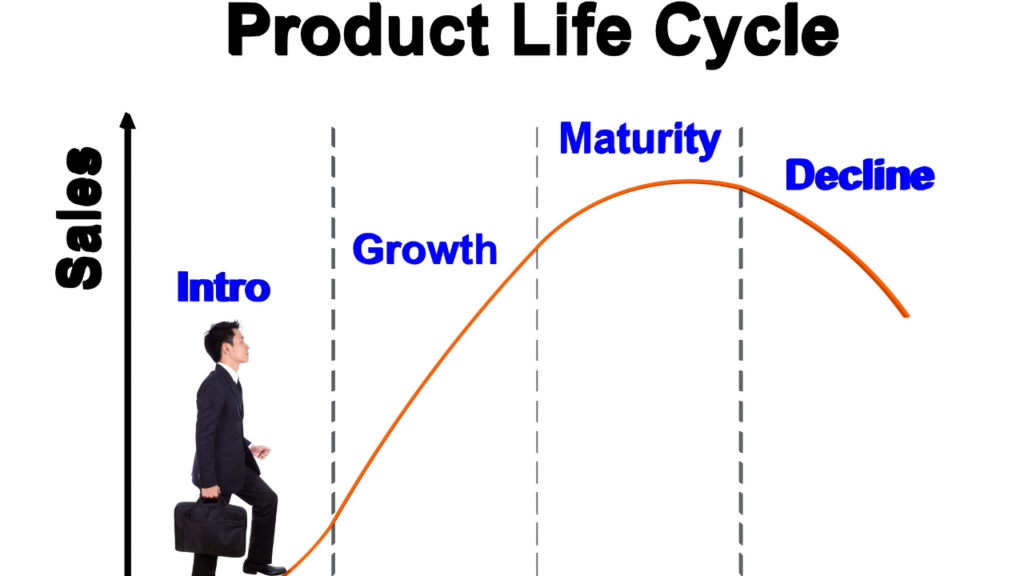
Product Life Cycle Management
Development Phase The development phase sees raw ideas being refined into marketable products, often by investing in research, looking for investments or producing prototypes without expecting immediate returns on their investments. During this time companies may invest heavily in research or prototype production while seeking external capital investment without receiving immediate revenue returns.
Once a product enters its growth phase, its marketing strategies should focus on emphasizing its superiority and unique features. If it reaches maturity stage, leadership may try to extend its life by introducing innovations or rebranding as Dollar Shave Club did with its razors.
Introduction
Product life cycle management is one of the cornerstones of running any successful business. It determines how your products are marketed, when they reach their peak and when their decline begins.
However, before planning for product release there is much work that must be completed first. Launching a product requires time, money and resources; to avoid expending these resources on something that won’t succeed it’s essential that one understands all four stages of product life cycle.
The initial stage of product life cycle development involves marketing your product to potential customers through various strategies, including advertising and educating consumers about its capabilities and workings. Furthermore, establishing your target audience requires market research tools like concept testing or user surveys – these strategies may prove successful when marketing products.
After making it past the initial launch stage, a product enters its growth phase. Here it begins gaining recognition and becoming known in its respective market, leading to higher demand and profits; therefore it is crucial that customer satisfaction remain top of mind during this phase. In addition, now is also an opportune time for expanding your company’s market presence by exploring new channels or creating marketing content for wider distribution.
Product managers can extend this stage of a product’s life cycle by adding new features or enhancements, lowering prices, targeting additional markets, or targeting additional features for sale. But they must also find ways to manage the inevitable decline in demand as the product matures further.
Life of a product depends on multiple factors, including ease of competitive entry, innovation rate and consumer needs changes. But regardless of these variables, successful product development requires an in-depth knowledge of all four stages of the product life cycle and their implications on success for your product or service. In order to stay ahead in the marketplace, always stay competitive by keeping pace with competitors while finding ways to enhance it further.
Growth
As soon as a product enters its growth phase, demand increases exponentially – spurring production and distribution to keep up. At this point, an effective marketing strategy can make an already popular product become an icon that becomes ubiquitous within society.
At this stage, product managers have various options available to them in order to meet demand, such as using in-app messaging modals, tooltips and hotspots to drive feature adoption; introducing new features; and providing a seamless customer experience across devices. It is crucial that product managers strike an equilibrium between meeting existing customer needs while simultaneously expanding the base while remaining sustainable through scaling.
As your product reaches maturity, gaining new customers may become harder than before. Competitors may introduce similar offerings with improved features or alternative price points that challenge product management teams to innovate with new features and release them to remain competitive in their field. To remain successful and stay ahead of their rivals.
Note that no product can remain in the growth or maturity stages indefinitely; eventually even top performers enter decline. When market saturation occurs and profits wane, it may be necessary to undertake a product sunset/pivot strategy – though this can be painful process, it is essential for maintaining profitability.
The product life cycle is an effective management model that helps companies make informed decisions about marketing strategies and budgets. Marketers rely on market research to identify where their product fits within this cycle and take appropriate actions; SurveyMonkey’s solutions assist marketers with this research, such as message testing to understand which ads resonate best with target audiences, claims testing to verify marketing statements or product claims, ad testing to measure digital ad effectiveness, feedback collection from initial product users to gauge product need, as well as feedback collection for your own product development process.
Experience has proven time after time that a customer-oriented approach to new product development is one of the essential ingredients for sales and profit growth. Unfortunately, however, this type of activity requires more time, money, and can present more hazards than any other activity within business.
Maturity
Once a product reaches market saturation, its life cycle enters the maturity phase. All potential sales prospects either already own it or can purchase it easily; as a result, sales continue to slow. In this stage of its lifecycle, marketing campaigns focus more on differentiation than on awareness; to remain competitive, companies attempt to differentiate their product by emphasizing fine features or targeting particular market segments with marketing initiatives that promote differentiation rather than awareness.
At this stage, companies need to switch from customer acquisition to retention and upselling; also seeking ways to lower costs through reduced distribution expenses and advertising budgets.
At every stage in a product’s life cycle, it’s crucial that companies listen closely to power users of their product and learn from their feedback. Power users may provide invaluable ideas that help the company develop an improved version of its offering; additionally, this data could be used to develop a loyalty program and reward its best customers while increasing brand recognition. Companies that remain at maturity for as long as possible while making incremental updates or offering new ancillary services will see greater consumer retention of their offerings.
Once a product’s popularity begins to decrease, competitors begin encroaching on its market share. Some brands can remain relevant by offering discounted prices, new features and engaging in word-of-mouth marketing; others must rely on declining sales to survive against increased competition.
Experience has proven time and again that customer-oriented product development is essential to achieving sustained and profitable sales and profit growth. Without proper planning, a product will eventually fade from the marketplace or disappear altogether; early and careful product management could make all the difference between quick fad status and decades of profitable relevance – our Concept Testing solution provides a fast way to validate ideas with trusted audiences quickly.
Decline
Once a product becomes established, its lifecycle often enters the decline stage. This decline can be brought on by several factors; one major one being new innovations that supersede it (e.g. horse-drawn carriages were replaced by automobiles); fashion or trends can also play a part in its decline – for instance fad haircuts may cause sales losses for businesses within their field, for instance in hairdressing industry.
At this stage, companies often experience difficulty. Promoting their product to drive sales can involve significant marketing expenditure, which may even increase if theirs was one of the first products on the market. Thus, it is crucial that companies carefully consider their market research requirements during development stages to avoid unnecessary spending on market testing costs later.
At this stage, companies must focus on product differentiation and features that set their product apart in order to remain competitive and avoid being lost among competing firms vying for market share. Furthermore, retailers may stop promoting it, leading it downhill over time.
Companies that successfully navigate this stage can see their revenue increase as demand for their product decreases while simultaneously cutting production and marketing costs while maintaining strong brand image and customer relationships.
The Product Life Cycle Model can provide a powerful way of understanding how products transition through stages of growth, maturity and decline. By developing strategies at each phase, this tool will ensure your products can generate maximum revenue potential.
Product Life Cycle Theory applies to a range of goods and services – from physical goods like cars and shoes, to renovation projects or plumbing repairs. Understanding this cycle will enable you to plan ahead for future purchases while making smart financial decisions regarding budget allocation.
Step-by-step training on how to sell to retail chains!
We explain exactly how to do that and how to get started today. I’ve taught over 100,000 of companies over the years across the globe on how to get your products to the stores. And so we’re here to support you. Or please subscribe to our Youtube channel and or be on the lookout for additional training that we create.
We are here to expedite the process of generating revenue with your physical products and that’s what we’re all about. Take a look at our advanced training, live events, certification programs and so much more.
In this training, I will discuss some of the things to think about when approaching a retailer to sell your products and become a vendor. Hope it helps! 🙂
Karen Waksman,
Retail MBA
Questions? Contact Us!
1-855-Retail-2 (Call or Text)
Email: info@retailmba.com
Retail MBA provides a step-by-step formula on How to Sell to Major Retailers, Online Retailers, Smaller Retailers, Catalogs and More. No Experience Required! These solutions continue to convert for clients year-over-year! These are Time-Tested and Proven Strategies that we utilize ourselves when going after stores! Everything we teach, we test. Want access to these formulas? ANY one of our programs and coaching systems gives you access to them now. With that said…
Here are 5 Easy Ways to Work with Us:
1) Free Training – If You Would Like to Join Our Next FREE Webinar Training Called “Retail Chain Store Secrets – How to Sell to Major Retail Chains. No Experience Required” Then Sign Up NOW To Learn All About Selling into Retail Chains By Clicking Here!
2) Retail MBA Year Long Coaching and Training System – Our Year Long Coaching and Training System with Karen Waksman is POWERFUL! This is our most popular training and coaching system! We walk you through how to approach, pitch and sell to retail chains and we coach you along the way! Join us by Clicking Here!
3) Masterclass Intensives – Want to Join our Next 4 Week Elite Retail MBA Masterclass Intensive? These Intensives Are EPIC for people who Love Fast Paced Learning – Homework, Retail Coaching, Developing Your Strategy, Buyers Contacts and More! These Events Are Held Every Quarter. Join us by Clicking Here!
4) Done-for-You Program – If You Want Karen Waksman and Her Team to Reach Out to Your Top Dream Retail Chains On Your Behalf – And You Have a Retail-Ready Product, Check Out our Epic Done-For-You Service by Clicking Here!
5) In Person Events – If You Want to Learn LIVE and Meet Karen Waksman in Person at Our Next “America’s Next Retail Product: LIVE Event with Other Like-Minded Individuals in Beautiful San Diego, CA! We Would LOVE to Have You Join Us by Clicking Here!
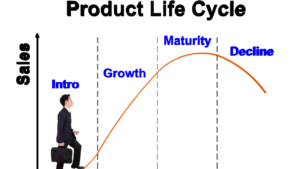
Check Out Our Additional Blog Posts Here:
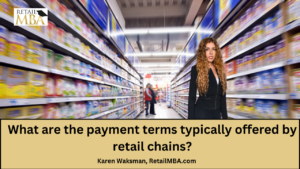
Retail Terms
Retail Terms – What are the payment terms typically offered by retail chains? Click Here to Learn More!
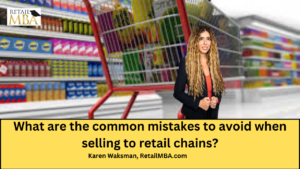
Retail Vendor
Retail Vendor – What are the common mistakes to avoid when selling to retail chains? Click Here to Learn More!

How to Sell Your Holiday Products to Retail Chains
New Training on How to Sell Your Holiday Products to Retail Chains

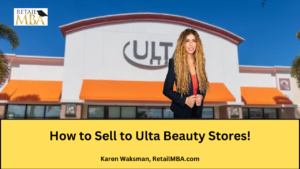
Ulta Beauty Vendor
Ulta Beauty Vendor – How to Sell to Ulta Beauty Stores. Click Here to Learn More!
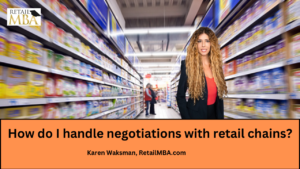
Retail Strategy
Retail Strategy – How do I handle negotiations with retail chains? Click Here to Learn More!
